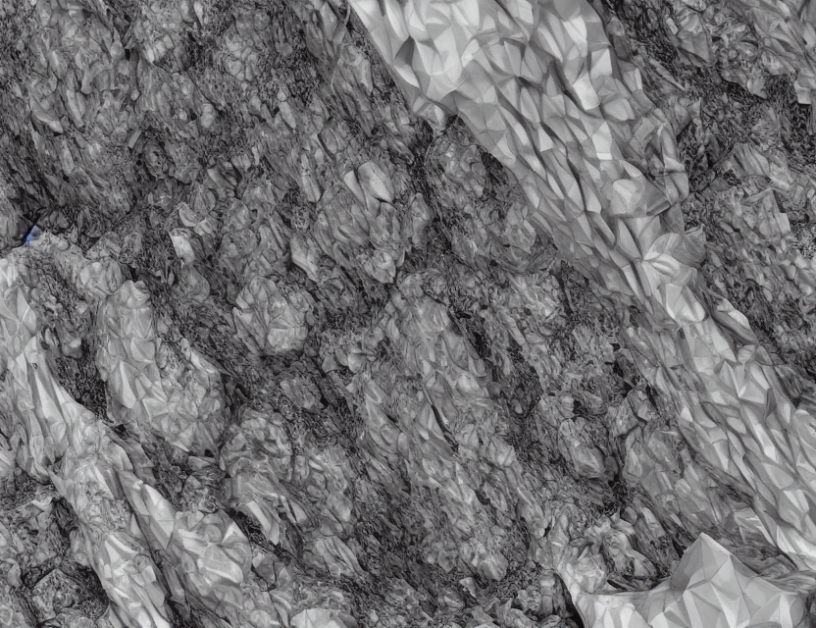In this study, we explore the role of compression in gas-driven displacement processes, specifically in the context of viscous fingering instabilities. We investigate how compressibility affects the onset and propagation of these instabilities, which are common in various physical systems, such as porous media and fluid flow.
Compressibility plays a crucial role in determining when and how these instabilities emerge. By altering the compressibility of the system, we observe significant changes in the formation and behavior of fingers. As the compressibility increases, the onset radius of finger formation advances, indicating that compression can delay the onset of instability. Conversely, decreasing compressibility leads to an earlier onset of instability.
Our findings demonstrate that the interplay between compressive and viscous forces is essential in understanding the dynamics of viscous fingering. The evolving balance between these forces influences the shape and propagation of fingers, with significant implications for many previous studies of interfacial instabilities during gas-driven displacement.
To illustrate this concept, imagine a swimmer pushing water away from their body to create waves. Increasing the swimmer’s buoyancy, or compressibility, delays the formation of these waves, while reducing it leads to earlier wave formation. Similarly, in viscous fingering, increasing compressibility postpones the onset of instability, while decreasing it accelerates it.
In conclusion, our study reveals that compression plays a fundamental role in viscous fingering, with significant implications for various physical systems. By understanding how compressibility affects the onset and propagation of these instabilities, we can better predict and control their behavior in different contexts.
Compression-Driven Viscous Fingering Onset Delayed by Cavern Morphology



